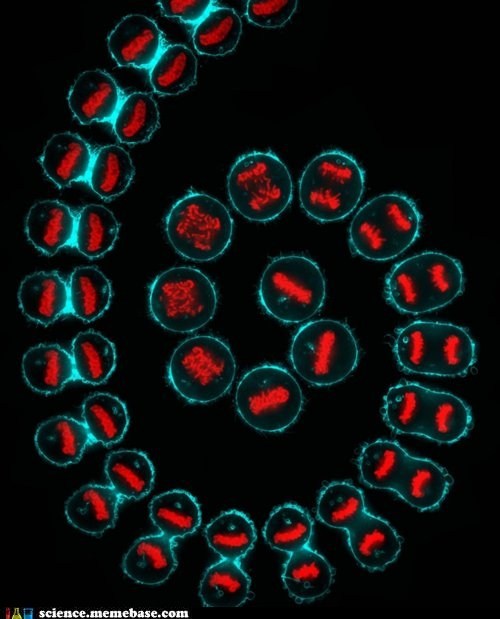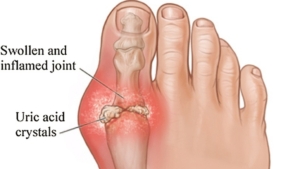
Researchers report ubiquitous cancer target
UK researchers have identified a highly conserved target structure that can be directed to rush dividing cancer cells into premature division and cell death.
Mitotic checkpoint complex destabilisation is a current tactic for inducing cell death in rapidly diving cells. Extended Phase I studies with Bayer’s oral Mps1 blockers Bay1161909 and Bay1217389 are expected to reveal results in incurable cancer patients next year. Now, a team of British and Irish researchers has unraveled the mechanism that controls proper cell division (mitosis).
A study led by Barbara Di Fiore and Jonathan Pines from University Cambridge revealed a safety catch’ within cells that prevents them from dividing until their chromosomes are allocated equally to the two daughter cells (Molecular Cell). In 2015, they already reported that a binding motif within the BubR1 protein dubbed ABBA is essential for preventing cells from dividing unless all chromosomes have been bound to the nuclear spindle, which is crucial for error-free distribution of DNA during mitosis. Using mutational analyses, they now identified the specific region within BubR1 that eliminated this checkpoint. When it was mutated, chromosomes distributed unevenly between daughter cells.
According to Pines, it might be possible to disable the safety catch in cancer cells with specific small molecule drugs. Structurally designed compounds that exactly fit into the N-terminal binding pocket would force cells into dividing before they are ready, and potentially kill by triggering selective cell death. As the motif is conserved throughout all kingdoms of life, except bacteria, they do not believe that cancer cells could sidestep by mutation. If we could find a way to inactivate this safety catch, we might be able to kill cancer cells specifically by forcing them through division prematurely, suggests Pines.
Possibly, such a drug might never be developed. A spokesman of the Institute of Cancer Research, which was involved in the study, told European Biotechnology that Pines’ team hasn’t filed a patent application before publication, a prerequisite for commercialisation of an invention.
However, other patents on BubR1 targeting have previously been filed. In 2006, Korean researchers headed by Hyunsook Lee filed one on selecting a compound, which enhances the level of the acetylated BubR1 in the cancer cell, as an anticancer drug. In 2012, Researchers under Michael Boutros at German Cancer Research Centre in Heidelberg applied for a patent covering the use of BubR1 as a biomarker for chemotherapy resistance of cancer cells. And in November 2016, Basilea Pharmaceutica filed a patent on usage of BubR1 as a biomarker of drug response to furazanobenzimidazoles.


 John Kiel - wikipedia
John Kiel - wikipedia Sanofi
Sanofi FIDA Biosystems ApS
FIDA Biosystems ApS